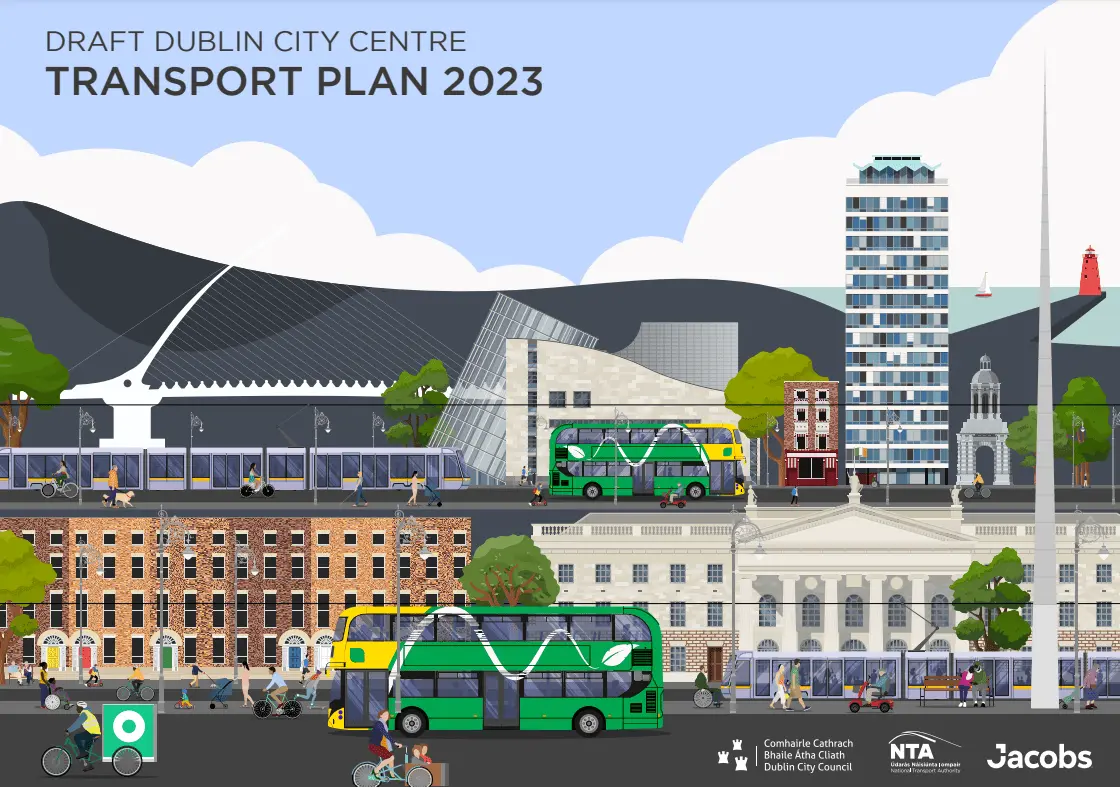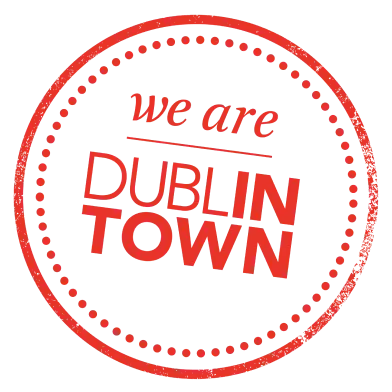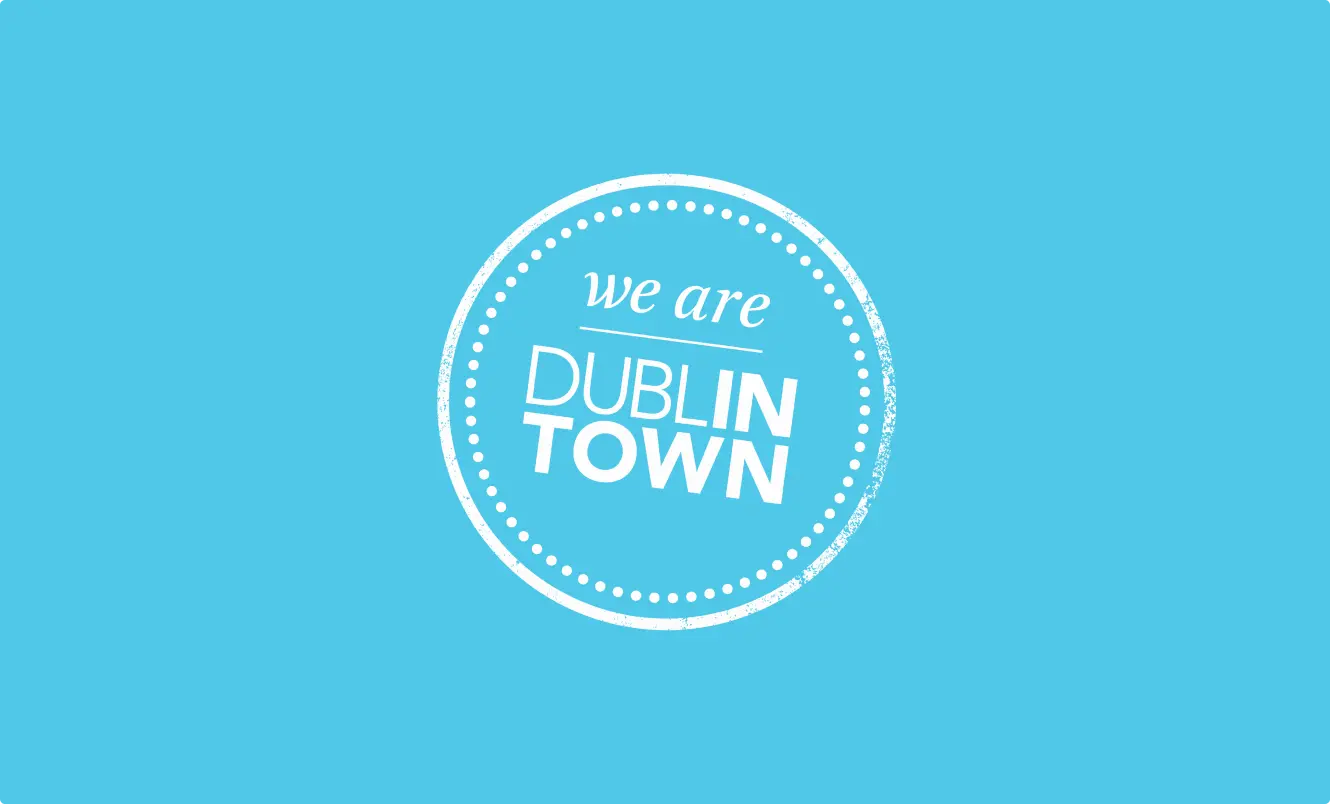Draft Dublin City Centre Transport Plan 2023 Summary

- Mon 16 October, 2023
This document is a summary of the information as presented in the draft Dublin City Centre Transport Plan 2023 prepared by Dublin City Council and the National Transport Authority.
To download the full document, click here (PDF – 58.1MB).
DublinTown has prepared this summary for the purpose of member awareness and it is not intended as an endorsement or otherwise of any proposed changes. DublinTown has flagged that consultation with the business community will be needed.
Your feedback will be requested for inclusion in an upcoming submission to the consultation.
If you have any immediate feedback, please send to gerard@dublintown.ie.
Key Changes for City Centre
The following points are as stated in the Draft Dublin City Centre Transport Plan:
- Removal of majority of through traffic from city centre.
- Bus gates on both sides of the quays at the Ha’penny Bridge.
- No through traffic on Pearse Street/Tara Street spine, pedestrianisation of quays at Customs House.
- Pedestrianisation of Beresford Place.
- Reduction of traffic to one (1) lane in both directions on Gardiner Street.
- Pedestrianisation of Lincoln Place.
- No left turn from Westland Row onto Pearse Street.
- Traffic will be removed from College Green and Dame Street from the junction with George’s Street eastwards.
Overarching Objectives of Draft Plan
To Provide a Significantly Enhanced City Centre Environment
Taken from Section 6.2 on page 17 of the Draft Dublin City Centre Transport Plan.
- Transition to a low traffic City Centre.
- Remove through private car traffic from the City Centre.
- Improve Air Quality.
- Reduce transport and traffic noise.
- Enhance the visual environment.
- Improve the public realm.
- Increase biodiversity.
- Protect and enhance the experience of the city’s natural and architectural heritage.
To Facilitate the Delivery of a Net-Zero City Centre Transport System
Taken from Section 6.2 on page 17 of the Draft Dublin City Centre Transport Plan.
- Transition to Zero Emissions transport.
- Reduce access for carbon emitting vehicles.
- Accommodate high-capacity low-emission public transport.
- Prioritise walking and cycling.
- Provide the transport interventions that support compact and consolidated development.
To Improve the City Centre’s Economy and Liveability
Taken from Section 6.2 on page 17 of the Draft Dublin City Centre Transport Plan.
- Increase the opportunities for people to travel to, from, within and through Dublin City Centre efficiently, effectively and sustainably.
- Increase the capacity of the transport system.
- Prioritise sustainable transport capacity.
- Prepare for the introduction of the major public transport projects and take advantage of the opportunities they will create.
- Support access for deliveries, disabled people, emergency services and other essential vehicles.
- Allow limited vehicular access to the City Centre.
- Meet the Dublin City Development Plan mode share targets.
- Support the night-time economy and cultural sectors.
- Ensure that the City Centre is accessible for all.
Priorities for the City Centre Traffic Network
Taken from Section 10.1 on page 46 of the Draft Dublin City Centre Transport Plan:
- Then draft plan states that car traffic without a destination in the Inner Core will be redirected as far as possible via alternative existing routes. On selected streets, general car traffic will be removed.
- A 30kph speed limit will be introduced on all roads in the City Centre.
- The movement of car traffic will be considered alongside the requirements for movement by sustainable modes and will no longer be assumed to get priority at junctions.
- On-street parking will be reduced to cater for sustainable modes.
- On-street car parking will move to an emission based fee structure.
- DCC’s draft transport plan asserts that access to City Centre Car Parks will be maintained, as required, and will be managed to ensure that sustainable transport and public realm objectives can be realised.
- The redevelopment or repurposing of the most centrally-located multi-storey car parks will be pursued.
Priorities for the City Centre Servicing and Delivery Network
Taken from Section 18.1 on page 60 of the Draft Dublin City Centre Transport Plan:
- The plan states that goods delivery to businesses will be managed in terms of road space allocation and times of access in order to maintain the reliability and efficiency of the City Centre economy, public transport services and the provision of a high-quality walking and cycling environment.
- The delivery of goods to residential premises will be managed to ensure appropriate levels of access.
- Loading bays will be enforced and cleared of non-delivery related obstructions.
- The role of emerging and changing technologies in freight and delivery management will be monitored on an ongoing basis with a view to minimising the impact of deliveries on the public realm.
- The use of micro-consolidation centres or flexible click-and-collect points at the neighbourhood level will be explored, including the use of multi-storey car parks.
- The use of low and zero emissions delivery vehicles will be promoted, including transition to smaller vehicles for last-mile and micro-deliveries.
- A City Centre Freight, Servicing and Deliveries Plan will be developed.
- The DCC HGV management strategy will move towards no longer issuing permits for certain Euro class of HGVs to enter the city to assist in reducing emissions.
City Centre Traffic Management Proposals
Evolving from the objectives and vision set out in this plan and the other supporting strategies, DCC and NTA as stated in the plan consider it necessary to commence a series of traffic management changes across the City Centre. The aim of these interventions is to remove as much through traffic from the city core as possible while balancing access for deliveries etc.
It is the intention of Dublin City Council in conjunction with the NTA to implement these interventions in a phased manner within the lifetime of the current Development Plan, to ensure that the objectives of this plan can be delivered.
The Strategic Environment Assessment has identified the potential for minor negative environmental impacts to emerge due to the displacement of traffic arising out of the below proposals. These effects relate primarily to Air Quality and Noise. DCC and the NTA will monitor these effects on a regular basis in the context of the wider benefits which are forecast to accrue from this plan, and mitigate any negative impacts that may emerge, as appropriate.
College Green and Dame Street
In line with the ambitions set out in the Development Plan, in the initial stages of this plan it is suggested that traffic will be removed from College Green and Dame Street from the junction with George’s Street eastwards. Deliveries and limited access will be facilitated. This specific measure will be phased in conjunction with the implementation of the BusConnects service changes to ensure that bus services are facilitated until the new routes operating away from College Green and Dame Street are introduced. The impacts on bus journey times will be monitored in order to identify if further priority measures are required. The full public realm scheme for the area can then be developed subject to detailed design. Furthermore, the reconfiguration of the bus network allows for opportunities along the rest of Dame Street to Christchurch for wider footpaths and improved cycling facilities.
Delivery and Servicing Project – Micro-Consolidation Centres
These are facilities to consolidate goods closer to the delivery point. A network of micro-consolidation centres well distributed within Dublin City Centre will be key to easing congestion and to optimise deliveries. To bring greater efficiencies, these micro-consolidation centres should be located within community hubs (e.g. co-working spaces, education institutions, supermarkets) and mobility hubs so heavier parcels can do their last mile on an e-cargo bike. DCC will identify a network of these centres as part of the implementation of this plan.
Priorities for the City Centre Public Realm
Taken from Section 20.1 on page 62 of the Draft Dublin City Centre Transport Plan:
- Utilise the space created by revised traffic management arrangements in the city core to create new opportunities for the public realm, and new spaces for people rather than cars.
- Public spaces will be universally accessible.
- The River Liffey, the Canals, and other major features will be the focus of high quality public realm measures.
- Biodiversity will be a central consideration in the development and maintenance of green spaces in the city, and new hard open spaces.
- The public realm will be improved through decluttering; removal of redundant signage; provision of new street furniture; spaces for meeting and lingering; enhanced security measures; and will be developed on the basis of universal public access.
- Urban design, architectural heritage, usability and attractiveness will be key considerations in the planning and development of the City Centre’s public realm.
Key Potential Benefits As Claimed for the City Centre Plan
Taken from Section 23 on page 67 of the Draft Dublin City Centre Transport Plan:
- Reduction in car traffic in the Core City Centre of up to 60%.
- Reduced emissions of CO2 in the City Centre due to a reduction of 34% in the number of kilometres travelled by private car.
- Improved Air Quality due to reduced traffic levels.
- Reduction in population exposed to traffic noise due to reduced traffic levels.
- A more active and healthier population owing to the increased attractiveness of walking and cycling.
- Reduced risk of traffic collisions due to reduced traffic levels.
- Protection of the architectural heritage of the City Centre from the negative impacts of car traffic.
- Efficient and reliable public transport operations as a result of improved priority and reduction in car traffic.
- Improved cycling facilities in terms of safety, convenience and legibility.
- Improved pedestrian environment with wider footpaths and improved crossings.
- Improved cross-city pedestrian connectivity with 30% less time waiting at junctions on the walk from Stephen’s Green to the Spire, and a 17% reduction in pedestrian wait time at O’Connell Bridge.
- Significant public realm benefits through new public spaces.
- A more inclusive City Centre transport environment.
- A City Centre transport system that is capable of accommodating a significant growth in population; economic activity; social vibrancy; cultural attraction; tourism; and all the other elements of a modern, progressive European capital city.
Priorities for the City Centre Public Transport Network
Taken from Section 11.1 on page 48 of the Draft Dublin City Centre Transport Plan:
- Luas and Bus will be given maximum levels of priority on streets and through junctions in terms of roadspace allocation, and junction and signal configurations, balanced with the needs of cyclists and pedestrians.
- The streets of the City Centre will be planned and designed with a view to accommodating the physical requirements of new patterns of increased pedestrian activity arising out of BusConnects, DART+, MetroLink and future Luas development.
- Bus stopping patterns, including tourist buses and coaches, will be rationalised in order to minimise impact on service 11 THE CITY OF PUBLIC TRANSPORT efficiency and on the public realm.
- Bus shelters will be provided where required and where space permits; where shelters cannot be provided seating at bus stops will be considered where possible.
- City Centre layover for bus services will continue to be managed, and will be reduced. This will include consideration of driver welfare requirements.
- The stopping requirements of tourist and commuter coaches will be coordinated, to ensure that kerbside space within the City Centre is appropriately used. This will ensure that while access is maintained, there is an efficient approach to set down and pick up arrangements.
- The layover of tourist and commuter coaches will be managed, and the utilisation of the NTA Coach Parking facility in the Docklands will be encouraged. Overnight layover and weekend use of this facility will be considered, subject to planning permissions.
- The development of other coach stopping facilities, including terminus, interchange and layover facilities within and outside the City to facilitate the better management of commuter and tourist coaches within Dublin City Centre will be considered.
- All public transport services should be simple to navigate and legible.
- The integration of public transport services, including easy interchange between services at key nodes, will be a consideration in the design and planning of the public realm.
- On-street public transport information will be provided in accordance with the programmes and projects of the NTA.
- The integration between the Bus Automatic Vehicle Location system and the City Council’s Intelligent Transportation System for bus priority will continue to be given a high priority in terms of funding and resourcing.
Defining the Requirements for each Mode of Transport
The following points are as stated in the Draft Dublin City Centre Transport Plan:
Walking and Wheeling – Routes which cater for the most people travelling on foot or by wheelchair or with buggies, travelling to retail, major employment areas, public transport facilities and tourist attractions will be considered a priority for the provision a high quality pedestrian environment.
Cycling – Similar to Walking and Wheeling, routes that will attract the most cycle trips will be considered a priority for investment in cycle facilities.
Trams and Buses – The on-street public transport network comprises the fixed tram lines and assumed, as a starting point, the BusConnects Service Network and current and proposed bus lanes. Bus stopping locations, and as required set down locations for coaches are an important consideration, and require area specific solutions.
Taxis – Taxis will continue to be in integral element of the public transport system. Accessibility within and through the City Centre will continue to be an important consideration, and may require area specific solutions. The use and availability of appropriate rank space within the City Centre, and the use of technology to utilise this mode efficiently needs to be taken into account.
Deliveries and Servicing – Access for deliveries to businesses is critical for the city centre, and accessibility for goods/deliveries needs to be maintained, however this may need to be balanced against the objectives related to sustainable modes and urban design to find the appropriate solution. A key element of this will be the ability for goods and service vehicles to access into areas at certain times where general traffic is not permitted.
Motorcyclists – Motorcyclists will continue to be regarded as motorised vehicles, but with advantages to their use, relative to the private car, in terms of road space and parking spaces.
Private cars and shared cars – A managed arrangement for access by private cars within the City Centre will be maintained. Through traffic will be restricted and reduced, with non-city centre orientated traffic directed towards other established routes outside the Inner Core.


